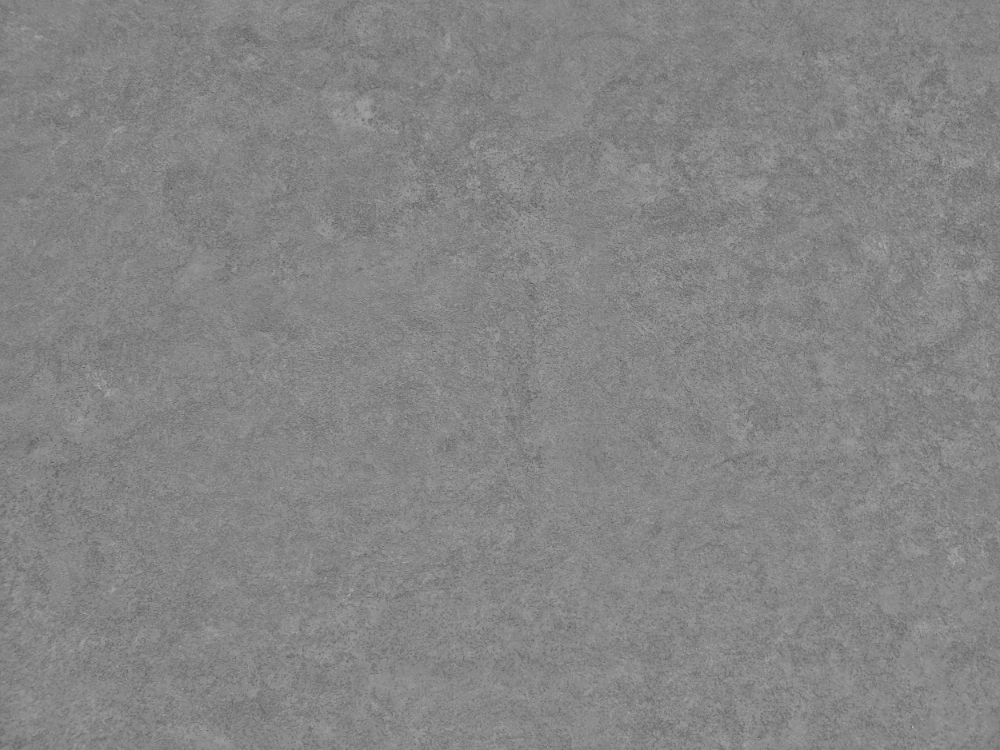Render
Category
Finishes
Download
Edit
A cool, neutral grey finish for walls and ceilings, this cement render can be used to cost effectively simulate the appearance of thick concrete walls; smooth over rough textured walls such as blockwork and stock brick; or to create cool, calm, open atmospheres, while providing a neutral backdrop to man-made and synthetic materials, colours and textures. The mottled, slightly riven, generally smooth textured finish is achieved by applying the render on the chosen surface with a trowel, before smoothing and texturing with a sponge, while the cement based nature allows it to be utilised internally as a decorative finish, or externally as a durable, weather resistant protective coating for masonry and panelling in exposed, rough climatic conditions. While render and plaster coatings are both usually similar in terms of constituent ingredients and properties, render is the term given when it it is applied externally, while plaster normally denotes indoor use.
Cement render is a mixture of sand, Portland cement and water, which in this case is a naturally coloured mid grey tone although can be pigmented before application, or painted after installation to the desired colour, while it can be treated differently to achieve a coarse, utilitarian appearance; a smooth, uniform finish; or a more decorative, textured coating to highlight or mimic concrete or natural stone.
A centuries-old technique for protecting concrete, brick or mud structures from the elements, it is still commonly used across Europe, parts of America, the Middle East, Africa and Asia, particularly in coastal locations and areas with high rainfall to protect from inclement weather and damage from salt spray. Historical use dates back millennia to Indian temples, Egyptian tombs and extensively in Roman architecture. It is imperative that the backing layer is installed properly and a rough first coat is applied to aid adhesion, as the render can be brittle and crack if not laid correctly. Most contemporary coats of render use an acrylic base as it has superior bonding strength, flexibility and water resistance due to the inclusion of synthetic polymers and can be applied by trowel, brush or sponge, taking 2 instead of 28 days to cure. Due this render being aggregate based however, the entire wall or element to which it is applied must be coated in one go to avoid differences in tone, thickness and consistency. Cement based render are also more prone to scrapes, scratches and light damage, often necessitating a complete reapplied on the area to blend out blemishes.
A seamless finishes texture with a render surface. Seamless textures can be tiled repeatedly across a surface without visible seams making them useful for architectural drawings and 3D models. This image can be used as a SketchUp texture, Revit material or imported into Photoshop for use in 2D illustrations. A high resolution version of this texture is available, as well as CAD hatches and PBR maps with Architextures Pro.

